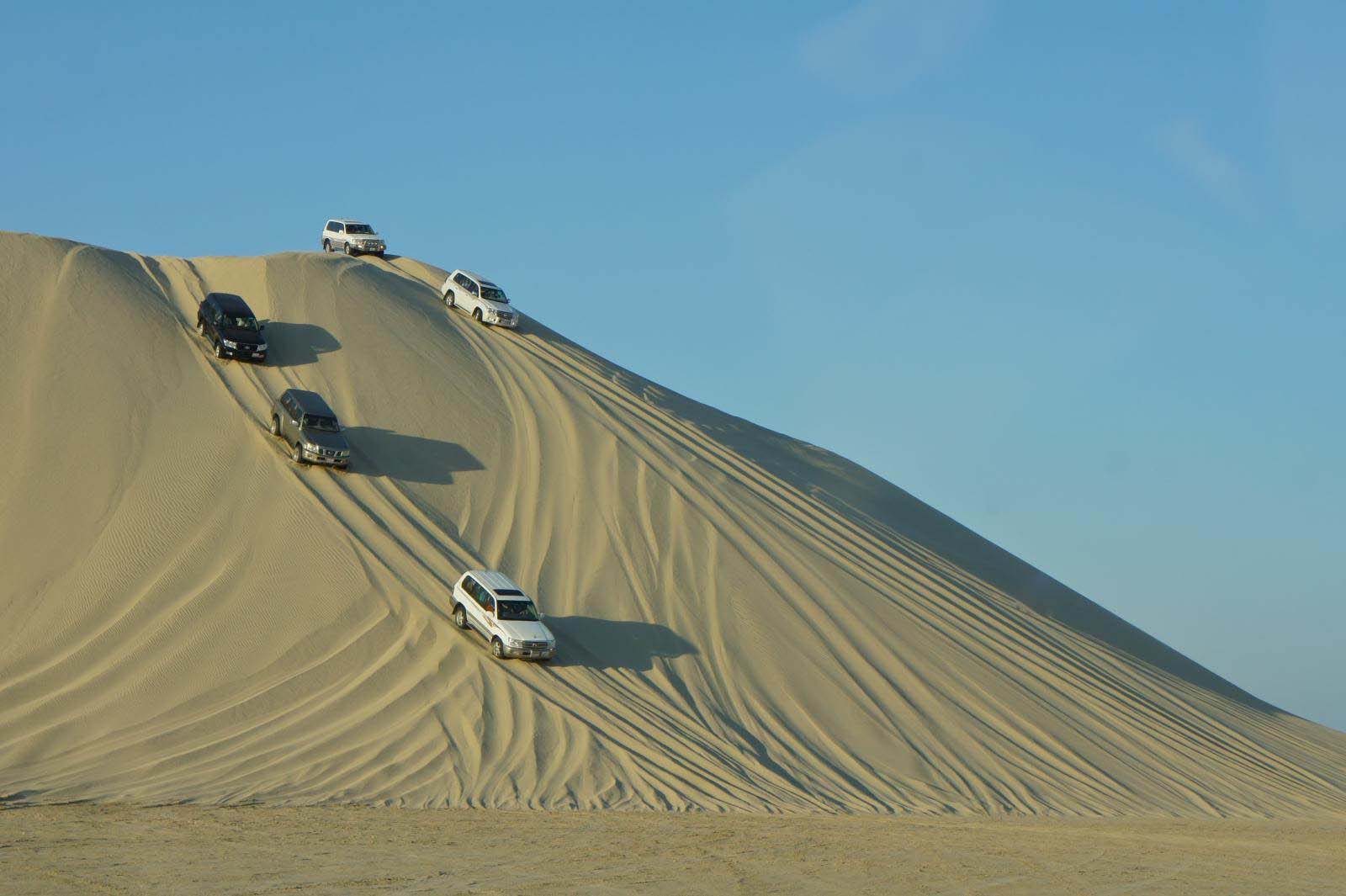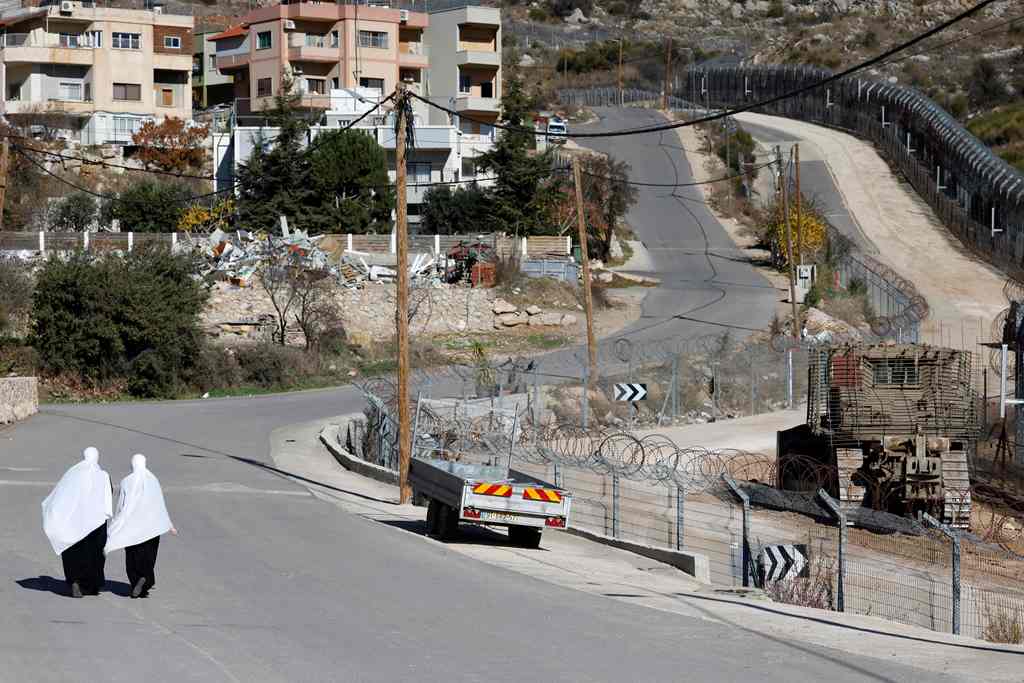
A state-run rescue team has come to the aid of more than 230 cars and trucks stuck in the sand in popular areas of Qatar’s desert so far this summer.
The squad of experienced rescue personnel, formed three years ago, are deployed at Sealine and at Khor Al Udeid (the Inland Sea) in the south of Qatar and assist drivers who get trapped on the beach, in dunes, or in the water during high tides, Gulf Times reports.
Part of the General Directorate of Natural Reserves at the Private Engineering Office (PEO), the team reportedly provides a free, 24-hour service to motorists who are either referred to them by police or who contact them directly via telephone hotlines – 3359 0909 for the Sealine area and 3357 0707 for Khor Al Udeid.
When Doha News called the numbers, there was no English-speaking assistance available.
Dune dangers
Sealine resort and Khor Al Udeid are among the most popular destinations for residents and tourists wanting to escape the city, particularly during weekends and on public holidays.

However, many desert visitors encounter difficulties when their vehicles get caught in rapidly-rising tides, or on soft sand on the dunes.
Mohamed Hassan Abdulkhaliq, an officer at Khor Al Udeid, told Al Raya newspaper that his 10-strong rescue team is fully equipped to deal with most emergencies, including towing vehicles, Gulf Times said.
A further nine officers work in the team covering the Sealine area, according to Saleem Qadri, who is based there.
The service was set up in response to complaints by many motorists that they were being taken advantage of by unofficial rescue services, which would charge thousands of riyals to help those stuck in the sand.
One expat who got into problems while in Mesaieed during Eid three years ago said he was quoted QR3,000 to rescue his vehicle, while an Arab resident who hit trouble while driving on Wakrah beach was told it would cost him QR6,000 to free his car, the Peninsula reported.
“He was riding a big 4X4 pick-up equipped with an electrical winch which can easily salvage any vehicle out of the sand,” he said of the operator who offered to rescue him.
Desert driving advice
Driving in the desert can be hazardous, with numerous accidents reported each year, some of them fatal.
Earlier this year, a Sri Lankan Airlines flight attendant was killed and three of her colleagues injured while on desert safari in Qatar on a weekend evening.
Known as “dune-bashing,” desert safaris are a popular pastime throughout the region. The Qatar Tourism Authority has previously said it is considering introducing new rules which would raise safety standards for desert safaris.
These included mandatory safety standards for cars hired specifically for dune-bashing, such as roll bars, first aid kits, radio equipment and rigid “bull bars.”
However, there does not appear to have been any progress on this initiative.
The website Cars in Doha lists a number of safety tips for those considering a drive in the desert, including:
- Make sure your car has four-wheel-drive;
- Ensure it is in full working order, including oil and water levels, brakes and seat belts;
- Have the right tires and tire pressure for desert driving (18psi is recommended for most journeys, but it can be lower, depending on the terrain); and
- Don’t drive alone – you might have an accident, get stuck, get lost or have a mechanical problem with your car and need help.
Motorists are also advised to ensure they have a spare tire and basic emergency equipment including a towing rope, spade, torch and extra batteries.
Thoughts?








